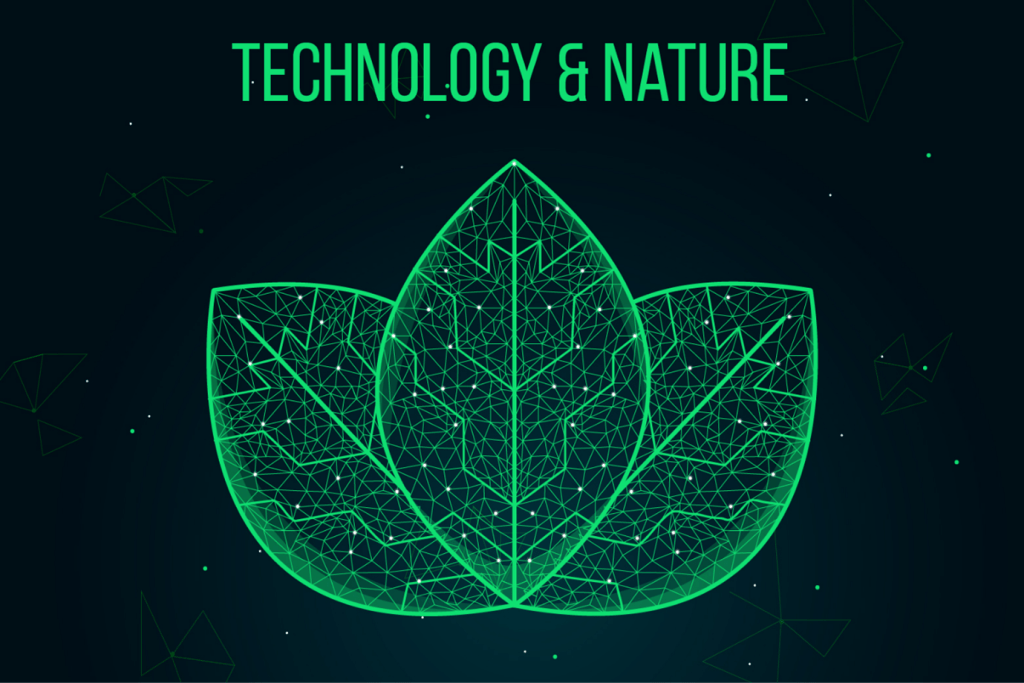Embracing Green Technology: Paving the Way to a Sustainable Future

In an era dominated by technological advancements that continually reshape our world, the integration of green technology emerges as a beacon of hope for a sustainable future. Often referred to as clean technology, it encompasses innovations designed to mitigate environmental impact, promote energy efficiency, and foster sustainability across various sectors.
At the heart of green technology lies a revolution in renewable energy sources. Solar, wind, hydroelectric, and geothermal power lead the charge, offering cleaner alternatives to traditional fossil fuels. The scalability and decreasing costs of these renewable sources are driving widespread adoption, reshaping energy landscapes globally.
Sustainability extends beyond energy sources to encompass infrastructure and architectural design. Eco-friendly buildings harness natural light and ventilation, while smart grids optimize energy distribution, embedding sustainability into the fabric of our cities and communities.
Advancements in green technology also play a crucial role in environmental conservation. Air and water purification systems, along with waste management solutions leveraging recycling and biodegradable materials, address pressing ecological challenges, striving for a healthier planet.
Green Technologies in the Tech Industry
The tech industry, a key player in championing sustainability, focuses on reducing carbon footprints in manufacturing processes, developing energy-efficient devices, and creating eco-friendly data centers. Collaborative efforts involving governments, corporations, researchers, and individuals are essential to accelerate the adoption of sustainable technologies.
The urgency to address environmental concerns is highlighted by the United Nations, which reports a mere decade left to control global warming. The Environmental, Social, and Governance (ESG) framework has emerged as a comprehensive set of standards actively mandated by socially conscious investors to screen prospective investments. This framework considers non-financial factors to identify material risks, graph growth prospects, and encourage corporates to enhance policies related to environmental, social, and governance issues.
The ESG framework encompasses all stakeholders, including investors, staff, vendors, and clients. At Allied Digital, this collaborative effort among stakeholders sustains earth-friendly corporate operations, emphasizing the interconnectedness of Environment, Economy, and Ethics.
Environmental factors receive increased attention due to financiers aligning monetary values with ethical values. Positive or negative contributions towards energy efficiency, climate change, greenhouse emissions, or waste management become critical considerations for investors using the ESG criteria. Companies not addressing environmental risks may face negative consequences, including post-production cost increases, negative media coverage, or litigation expenditure.
Adoption of Green Technologies at Allied Digital
Allied Digital implements various green initiatives such as energy-saving activities, collaboration with corporate partners on wildfire predictions. The company also engages in biodiversity preservation, pollutant reduction, and combatting deforestation through tree-plantation activities and adopting filtered water to reduce single-use plastic pollution.
The ESG framework serves as a powerful tool to align corporate goals with environmental concerns. It incentivizes positive change by rewarding companies that excel on ESG factors and restricts access to capital for those that lag, urging continual progress.
The timeline of environmental consciousness spans decades, from Environmental, Health, and Safety (EHS) standards in the 80s to the emergence of ESG in the 2010s-2020s. As corporates publicly list ESG information, creating consistency and transparency in reporting frameworks becomes vital. ESG rating agencies maintain standardized formulas, and investment markets offer various instruments, such as green bonds, mutual funds, or index funds, making investment decisions precise and prompt.
Conclusion
The fusion of technology and sustainability through green technology stands as a beacon of hope for a brighter, greener future. Embracing the ESG framework is not just an investment criterion but a comprehensive commitment to environmental, social, and governance responsibility, aligning corporate success with ethical values. As the urgency to address environmental concerns grows, the ESG framework becomes instrumental in guiding corporate practices towards a sustainable and resilient future.



